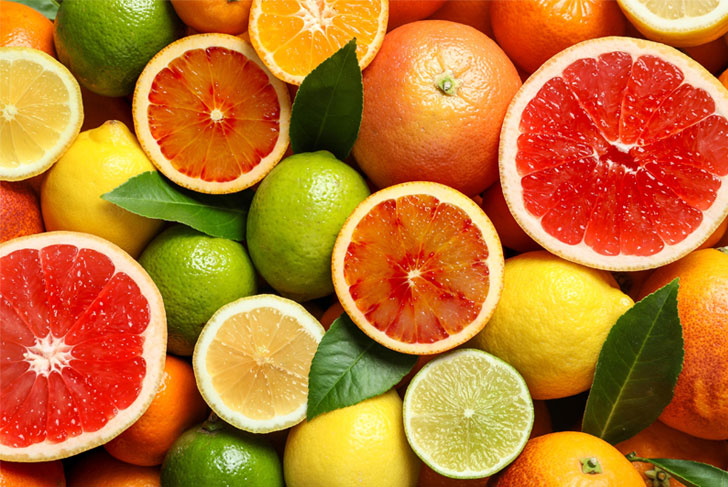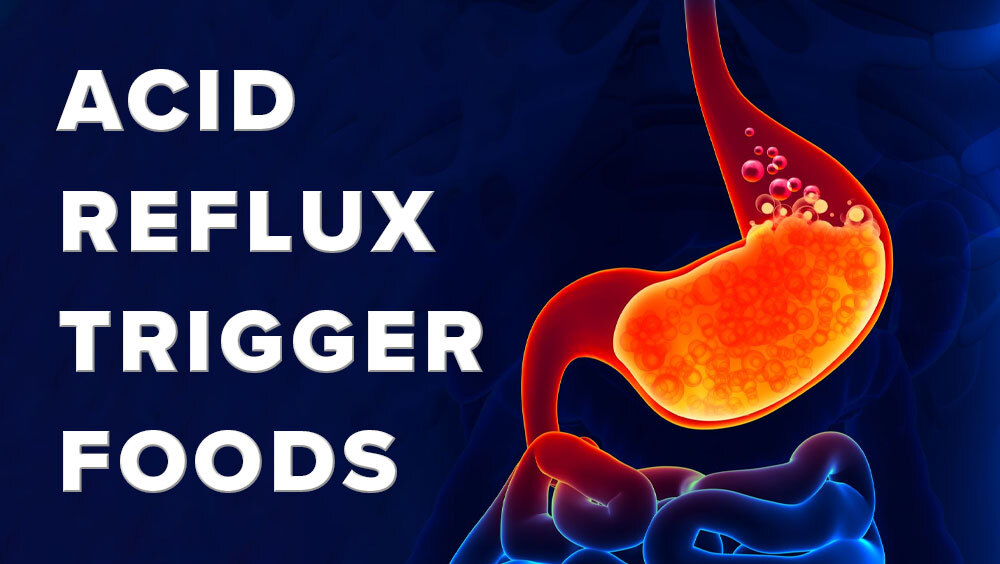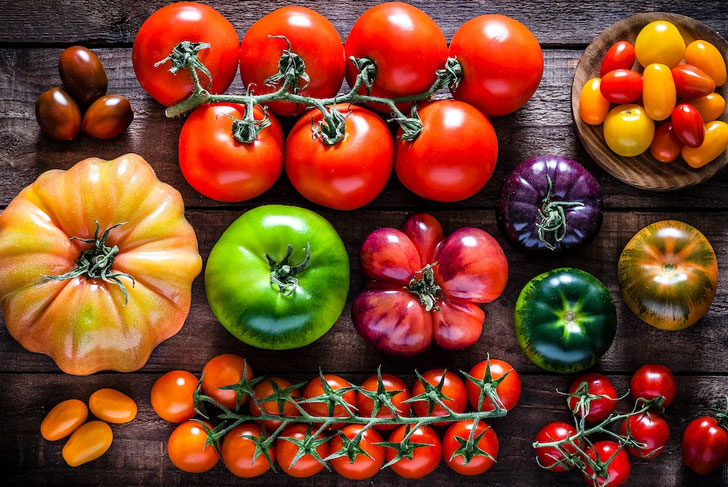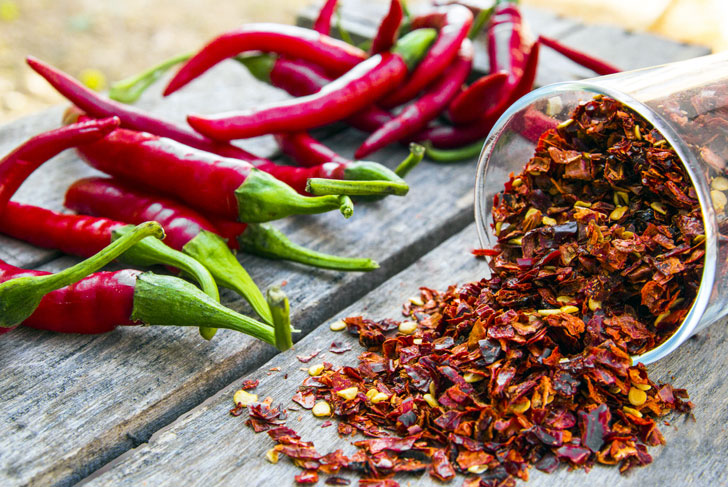Rolling out the red carpet for that fiery, unwanted guest called acid reflux? It might be time to reevaluate your plate! From the zest of citrus fruits to the sizzle of spicy dishes, and the allure of creamy desserts, many everyday foods might be sending out VIP invites to heartburn. Dive into our guide on ACID Reflux Trigger Foods and discover which culinary culprits could be causing the burn, and learn how to dine without the discomfort!
Citrus Fruits
Fact: Despite being a fantastic source of vitamin C and other essential nutrients, the natural citric acid content in citrus fruits can increase stomach acidity.

Citrus fruits such as oranges, lemons, and grapefruits are popular for their refreshing taste and health benefits. However, they are naturally high in citric acid, which can contribute to an acidic environment in the stomach. For individuals prone to acid reflux, this can lead to the backward flow of stomach acid into the esophagus. The resulting irritation can cause the characteristic burning sensation known as heartburn. Additionally, the fiber and fructose in these fruits can slow down digestion in some people, leading to an increased risk of reflux. It's essential to monitor one's intake and note any reactions, especially if citrus fruits are consumed on an empty stomach.




